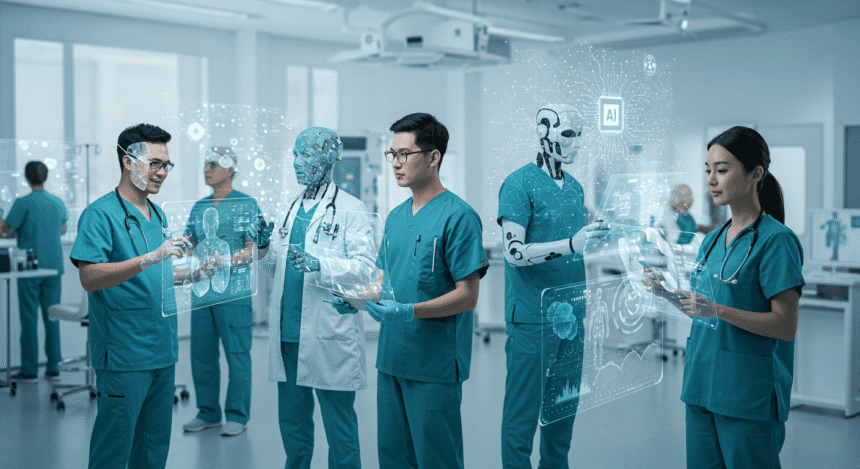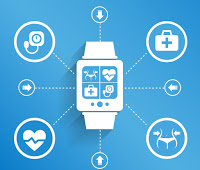The global healthcare system has been heavily influenced by technological innovations since the turn of the 21st century.
Artificial intelligence (AI) has become increasingly prevalent despite concerns about whether it could eliminate the need for a human workforce in the future.
However, many medical professionals are pleased that AI has lifted weight off their shoulders, allowing them to focus on treating people. Read on as we assess AI’s impact on healthcare.
How AI is changing the healthcare sector
According to a major study on AI’s economic potential in healthcare, the technology could unlock a staggering $868 billion opportunity by 2030.
This growth will be driven by AI-guided clinical trials, drug discovery and personalised treatment platforms delivered directly to the doorstep of every patient.
The global healthcare market is projected to reach $30 trillion by 2030, and AI is expected to account for a whopping 30 percent of the total revenue.
The global revolution will affect digital health, MedTech and pharmaceuticals, which now have to adapt to the new trend to stay relevant in a highly competitive market.
Meanwhile, pharmaceutical companies are thriving, with AI drastically reducing the time it takes to discover drugs from years to months.
That will have a direct impact on patients who will no longer have to wait long for medications that could save their lives, particularly for those managing serious health conditions.
Companies that are always on the lookout for fresh innovation have wasted no time tapping into the AI revolution. Consumer health and pharma product companies still have a lot of catching up to do.
However, others have already accepted defeat, admitting that they lack the necessary infrastructure or strategy to integrate AI into their systems.
Australia is at a Crossroads
Australia spares no expense when investing in its healthcare system. The country spent more than $250 billion on health services in 2022-23 alone.
However, there are challenges that need to be tackled. People living in rural communities still find it difficult to access quality healthcare, while emergency departments are usually cramped.
There is also the long-standing issue of a shortage of healthcare workers, which only places more pressure on an already wobbly system.
To address the issue, the Australian government decided to invest $7.9bn in boosting public hospitals and health services. They are also integrating AI into their healthcare system.
AI can help to significantly reduce the burden on healthcare workers. It automates administrative work, which gives medical professionals the breathing room to focus on their patients.
Healthcare facilities across Australia are already integrating AI into their systems, including telehealth providers such as Hola Health.
The platform is considered one of the best telehealth providers in the country, and this comprehensive Hola Health review highlights why.
Hola Health has started using AI to improve their services and make it easier for patients to connect with specialists from wherever they are.
The United States: A Healthcare Giant in Transition
North America is considered one of the largest healthcare markets in the world, and the United States is a huge part of the system. However, AI will take things to a different level.
The continent is expected to capture nearly $479bn of AI’s total global potential in the next five years.
The US plays a significant role in that projection, thanks to its commercial healthcare system, massive pharmaceutical industry and direct-to-customer health models.
The country is also home to one of the most advanced clinical trial infrastructures in the world, so it is no surprise that it’s considered a hotbed for medical innovation.
AI has become a key part of the American healthcare experience in several ways, including remote monitoring and telemedicine, precision medicine and clinical trials.
Virtual care is now considered an important part of the health sector, and AI helps clinicians to keep an eye on their patients wherever they are.
There are devices that track blood pressure, glucose levels and other vital signs. If they spot a problem, they can send in alerts for clinicians to swoop in before it becomes a bigger issue.








